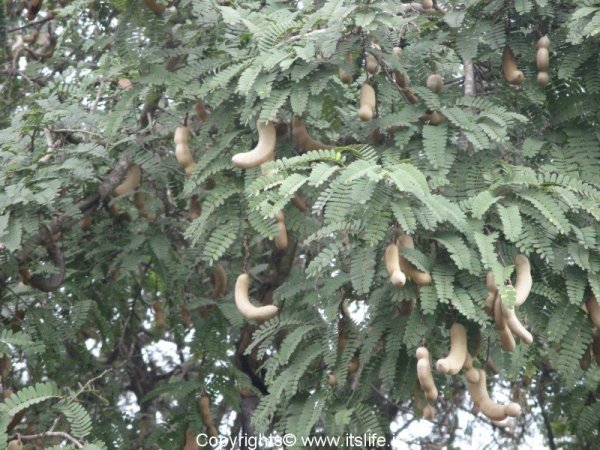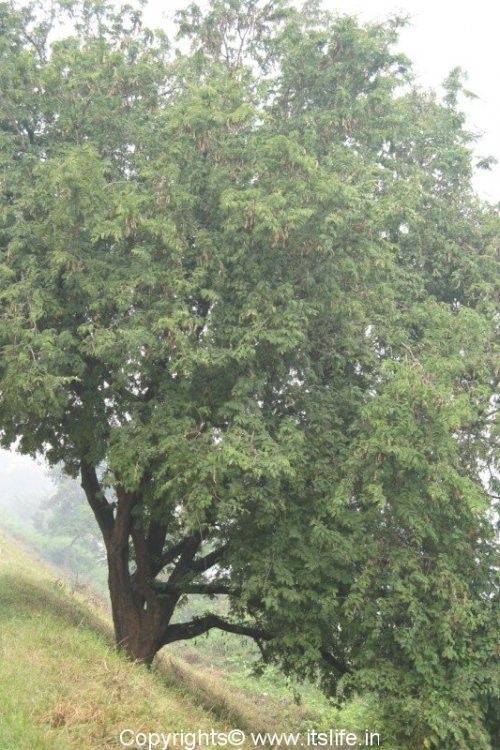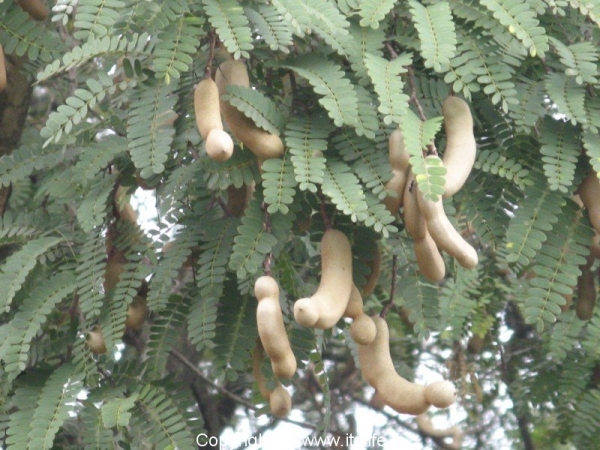Childhood memories of preparing and devouring Chigali (tamarind sweet-sour lollipop) flash as I write about this tree. I also remember bringing down the raw pods by hitting with stones washing them and eating them dipped in a mixture of Salt and Chili Powder.
Tamarind tree is always referred to the home of the ghosts. This may be due to the long life of the tree.
Botanical name is Tamarindus indica and belongs to family Caesalpiniaceae (Gulmohar family). Tamarind is derived from the word “Tamar” used by Arab and the Persians to refer Tamarind. Tamarind is also known as Indian date and is known by different names in different languages. It is known as Hunase in Kannada and is an ingredient always available in any Kannadiga kitchen. In Sanskrit, it is called as Thinthrinee and in Hindi it is called Imli.
Tamarind tree is native of Africa and Sudan. Tamarind has been growing forever in India and other South East Asia and is one of the most important ingredients in South Indian and South Asian cuisine.
The tree grows to a height of 60 feet with a rounded crown. As the tree is beautiful with a huge trunk and drooping branches it is used to beautify roads and parks and provide shade. The leaves are evergreen, compound, pinnate, and the young leaves are sour and edible. During night the leaves close and sleep!
The flowers are yellow with red streaks about 2.5 cm wide. Five petals form the pretty flowers and they are also sour to taste.
Pod-like fruit about 3 to 6 inches long is encased in a greyish brown shell hangs in bunches. Raw tamarind is available in markets during November – December and the new fruit is harvested last January – February. The fruit when ripe slips out of the shell easily and is fleshy and juicy. Sour and sweet taste of the fruit makes it a favorite ingredient in South Indian cuisine.
The seeds and fiber are removed and packaged. The seeds are flat and brown and are used by children to play indoor games.
The wood of Tamarind tree is hard and is used to make furniture, flooring, and other articles. Tamarind trees grow well in full sun.
Usually after extracting the tamarind pulp, the remains of the tamarind along with salt is used to shine brass and bronze pooja articles in South India.
Tamarind is rich in acid, sugar, B vitamin, and Calcium and is used in traditional medicine to treat various ailments.
Recipes prepared using Tamarind:
- Hunasekayi Thokku
- Gooseberry Pickle in Tamarind
- Gojju
- Hunase Saaru
- Saaru
- Huli
- Puliyogare
- Huli Avalakki
- Chutney
- Sweet / Meethi Chutney
- Chigali
- Digestive
- Soups
- Imli Saunth Chutney
- Uppu Huli Dosa
- Badanekayi Gojju
- Huli Thovve




